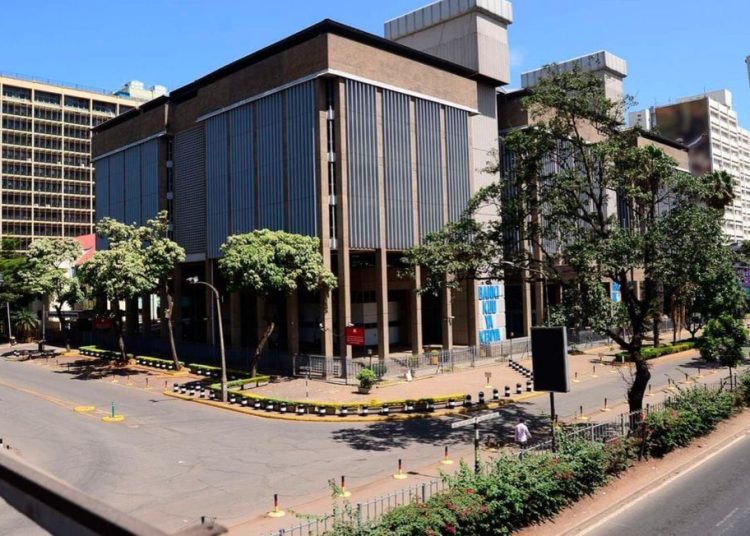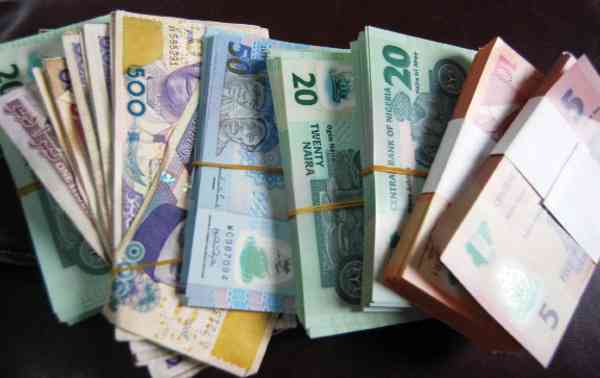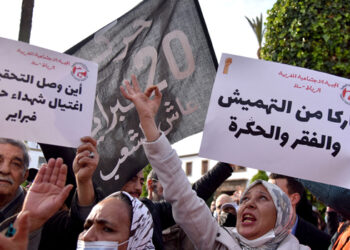Kenya’s financial markets’ standing in Africa has taken a major beating from the country’s foreign exchange trouble tied to dollar shortages and a fall of forex reserves, the EastAfrican reports.
According to the 2023 Absa Africa Financial Markets Index, to be launched on Tuesday, Kenya’s country ranking has fallen to seventh spot, from sixth place last year, with Botswana taking its place in the top six.
“Forex (FX) turnover declined in Ghana, Nigeria and Kenya where survey respondents mentioned growing concerns about a shortage of FX while interbank FX liquidity remained limited or negligible for other economies,” notes the report.
Kenya’s forex concerns began to simmer early last year when importers including manufacturers reported constrained dollar access as commercial banks limited supply.
The forex concerns precipitated a weaker local currency which has so far shed more than 20 percent of its value against the US dollar and thinner official reserves.
The Central Bank of Kenya (CBK) has traced the local unit’s free-fall to a stronger dollar which has benefited from portfolio outflows from emerging and frontier markets while the decline in forex reserves has been tied to higher external debt obligations in a rising interest rate environment.
“After the 2008/2009 global financial crisis, the US and other advanced economies eased monetary policy considerably and that continued during the Covid-19 crisis,” CBK Governor Dr Kamau Thugge said last week.
“The expansion in money supply subsequently led to inflationary pressures and the reaction was to raise interest rates sharply and quickly. The result was all currencies globally depreciated and it’s not just the Kenyan Shilling and part of the depreciation came from portfolio outflows,” he said.
The forex crisis in the country hit the ceiling in March as commercial banks began to run out of hard currency, making it difficult for manufacturers and general importers to meet their obligations.
The situation prompted interventions of the CBK in the forex exchange market, including the re-opening of the interbank foreign exchange market — the platform through which commercial banks trade foreign currency.
Additionally, the CBK issued the Kenyan Foreign Exchange Code to commercial banks which sets out standards for banks and aims to strengthen and promote the integrity and effective functioning of the wholesale foreign exchange market.
The CBK launched the code to facilitate better functioning of the market and reinforce Kenya’s flexible exchange rate.
During the same month, the government flanked CBK’s interventions in the market by signing up to the government-to-government deal on the importation of fuel on credit that was estimated to ease forex demand to the tune of $500 million a month.
The Financial Markets Index report has highlighted Kenya’s adoption of the forex code, which is based on a global standard, as progressive, noting the move improves its scoring on the transparency of FX markets.
“Kenya’s score improved this year as the Central Bank of Kenya became a signatory of it (the code) which draws on principles of the FX Global Code to strengthen the functioning of the local market,” the report adds.
While market players have noted the increased availability of foreign exchange from the depths of the crisis in March, the local unit has had a downside surprise as its rout continues, albeit at a slower rate.
The CBK quoted the local unit at Ksh148.68 against the US dollar on Thursday in contrast to Ksh132.33 at the end of March.
Analysts expect the local unit to depreciate further into the end of the last quarter of 2023 with average estimates projecting the official rate to range between Ksh155 and Ksh160.
The CBK expects the local unit’s depreciation to ease from improving the balance of payments where the current account deficit has narrowed on reduced imports and improving receipts from travel, diaspora remittances, exports and inflows from external loans.
The apex bank has maintained its stance on a flexible exchange rate and expects the end of the interest rate-increasing cycle in advanced economies to serve as a cushion to the local unit.
“The CBK operates a flexible exchange rate system that means that the value of the shilling is determined by market forces of supply and demand. When there is excessive volatility, we will go into the market but just to slow that volatility but not aim for a particular exchange rate,” Dr Thugge added














